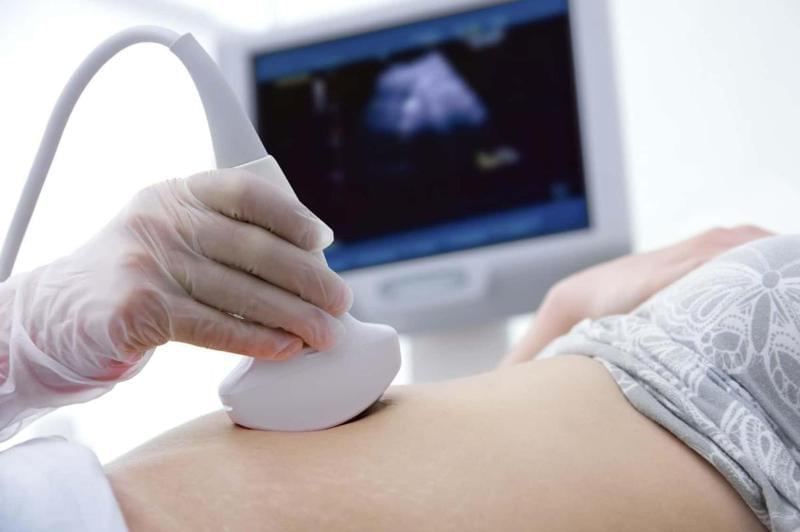
Pregnancy Monitoring and Necessary Tests
For women expecting pregnancy, urine or blood pregnancy tests are performed if menstruation is delayed, and the results confirm whether pregnancy has occurred.
Early Pregnancy Detection
In very early pregnancy stages, ultrasound cannot detect an image. At this stage, the health of the pregnancy can only be monitored through the level of the hCG hormone in the blood.
When hCG reaches a certain level (detectable earlier via vaginal ultrasound), a small fluid-filled sac (gestational sac) appears on ultrasound.
The presence of this sac inside the uterus eliminates the possibility of an ectopic pregnancy. Once the gestational sac is visible, the pregnancy’s progress is monitored, and within 1–2 weeks, the fetus and heartbeat can be detected via ultrasound.
From this point forward, a follow-up process begins to monitor the development of the fetus in the uterus until birth.
Initial Pregnancy Tests
Once the fetal heartbeat is detected, the mother undergoes initial pregnancy tests, which include:
-
Blood group determination,
-
Complete blood count,
-
Coagulation assessment,
-
Blood sugar levels,
-
Liver and kidney function tests,
-
Hepatitis screening,
-
Urine analysis,
-
Screening for diseases that may affect the baby.
Pregnancy Follow-Up Schedule
-
First 12 weeks: Check-ups every 2–3 weeks.
-
Week 12–34: Check-ups every 3–4 weeks.
-
After week 34: Weekly check-ups.
For high-risk pregnancies, monitoring frequency may increase.
Additional Pregnancy Tests
In addition to routine blood and urine tests, four additional major tests may be required during pregnancy:
1) First-Trimester Screening Test (NT Scan)
-
Performed between weeks 11–13 and 6 days.
-
Measures nuchal translucency (fetal neck thickness).
-
Determines whether the baby needs further genetic testing (e.g., Down syndrome risk).
-
If results indicate concern, the next steps may include:
-
cfDNA blood test (99% accuracy)
-
Amniocentesis, which provides 100% accurate results but has minimal risks for mother and baby.
-
2) Maternal Alpha-Fetoprotein (MSAFP) Test
-
Used to assess fetal brain, cerebellum, and spinal cord development.
-
No longer included in the Triple Test, but still performed separately.
3) Detailed Fetal Anomaly Ultrasound
-
Conducted between weeks 18–20 (19–23 weeks).
-
The best period for evaluating fetal anatomy.
-
Detects potential structural anomalies, although some issues may remain undetectable even with advanced ultrasound.
4) Glucose Screening Test
-
Conducted between weeks 24–28.
-
The mother drinks a glucose-containing liquid, and blood sugar levels are measured at intervals.
-
Results determine the next steps for monitoring or treatment.
Additional Tests for Rh-Incompatible Pregnancies
-
If the parents have blood type incompatibility, Indirect Coombs Test (IDC) is performed.
-
Other pathology-related tests may be conducted based on complications during pregnancy.
Non-Stress Test (NST) Monitoring
-
Begins at week 34 to assess fetal well-being.
-
NST detects fetal movements and contractions.
-
Performed weekly until birth, but more frequently for high-risk pregnancies.
Important Notes
-
Regular check-ups and screenings are essential for early detection of complications.
-
Suspicious anomaly results require further investigation.
-
High-risk pregnancies require more frequent monitoring

